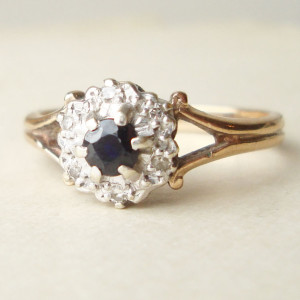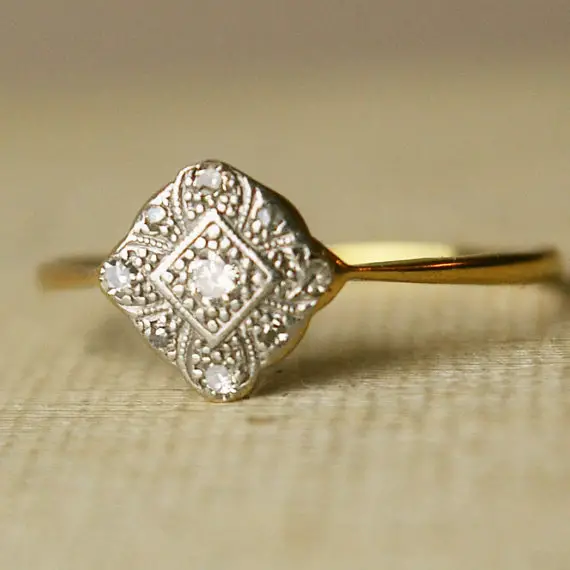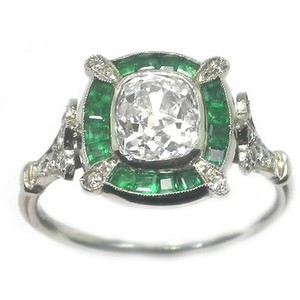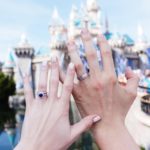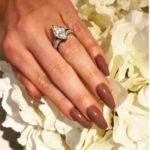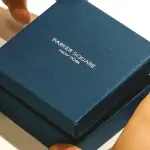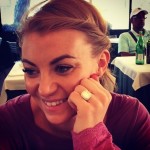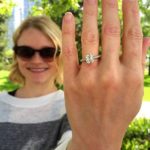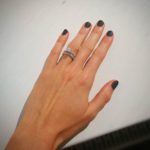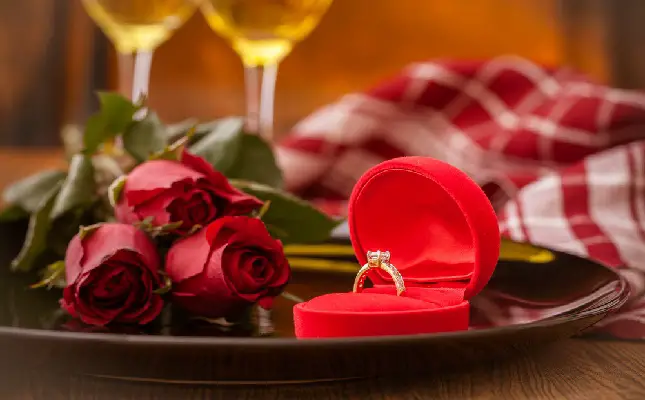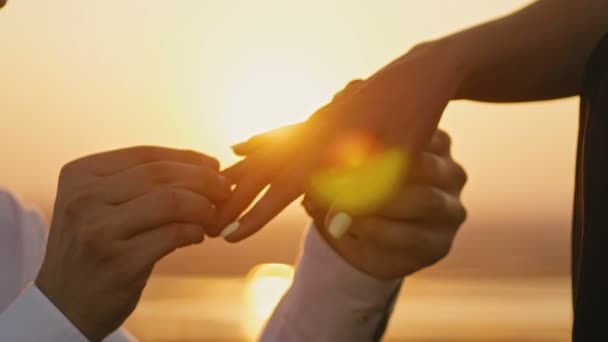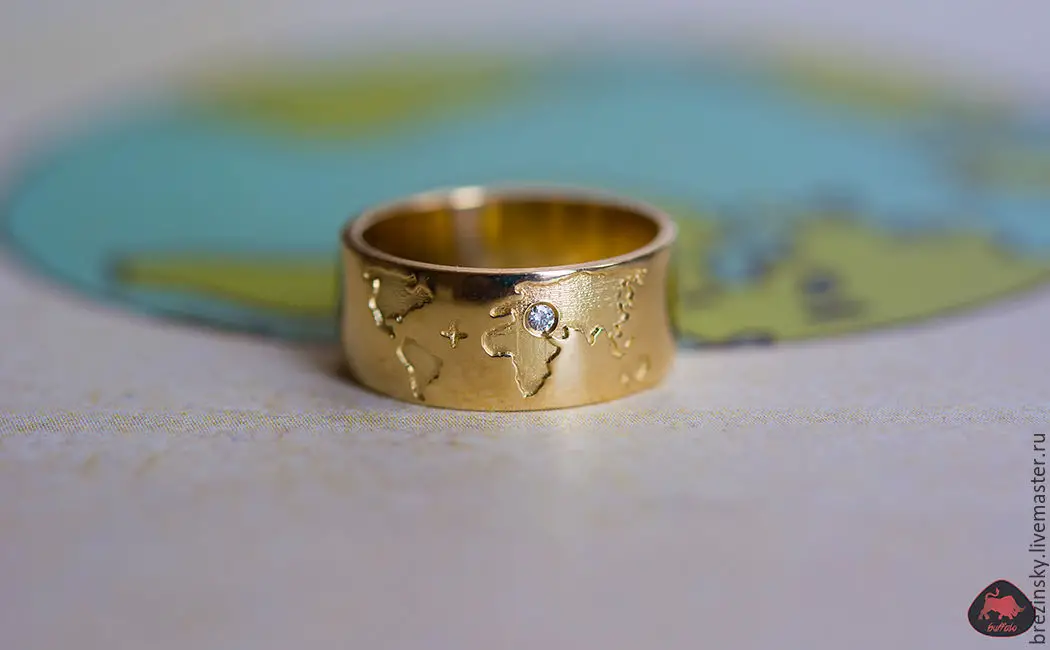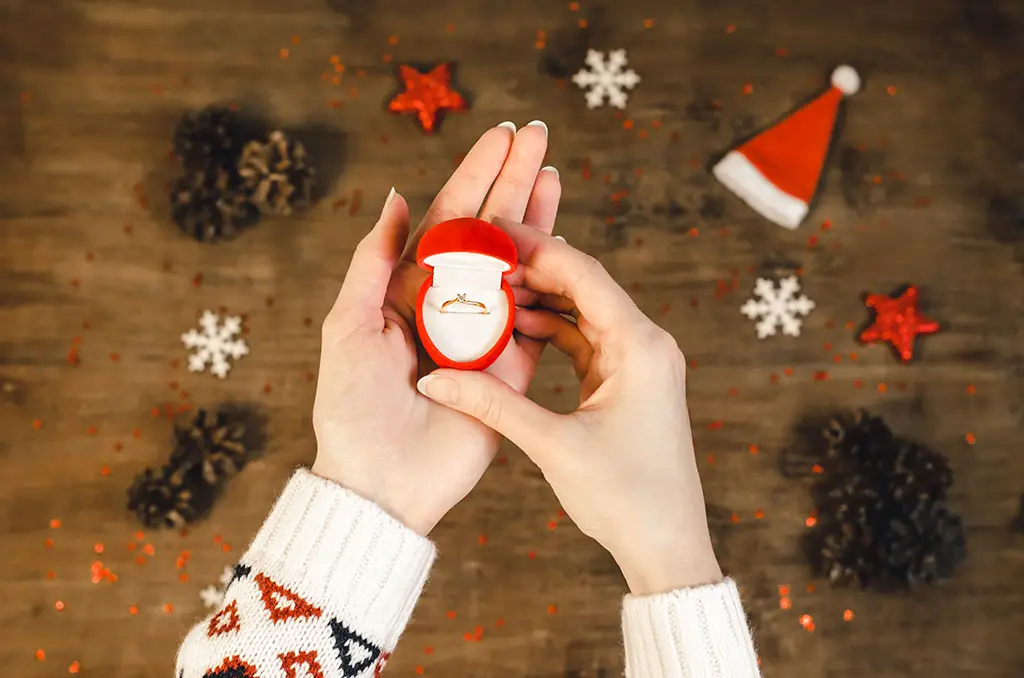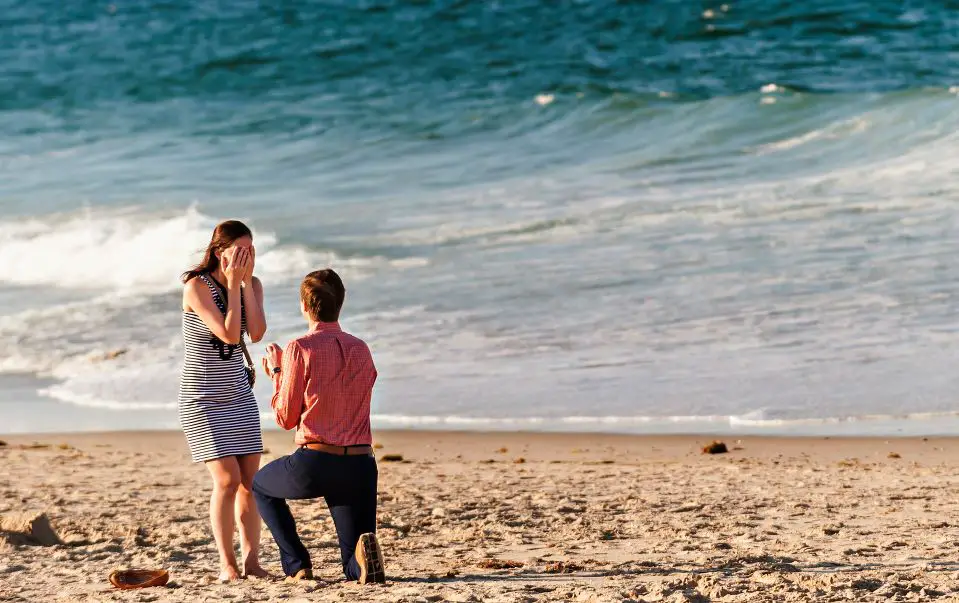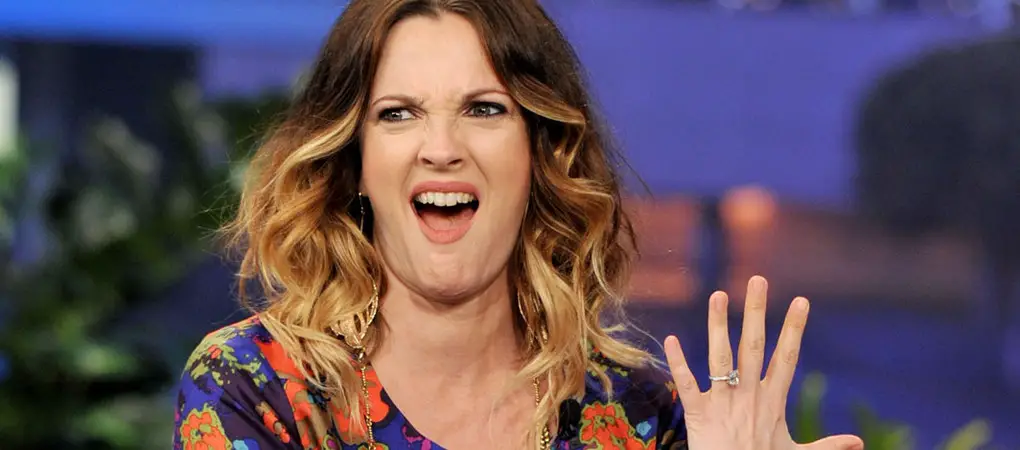A lot of brides to be are shunning the ‘uniform’ engagement ring of this generation – a round cut, solitaire diamond on a white gold band – in favour of something with classic style from a by-gone era. Vintage and Antique engagement rings are more popular than ever, but buying one requires a little more time and effort than just walking into a jewellery store and selecting your favourite. If you’re considering an antique ring, here’s what you need to know…
Know Your Styles
The 4Cs (Colour, Carat, Cut, Clarity) are still important when it comes to antique rings, but the main attraction is their distinctive style. While you should keep the 4Cs in mind when hunting for antique rings, your primary concern should be finding a design that you LOVE. There’s huge variety out there, and while it may take time to uncover your perfect ring, it’s a very rewarding experience.
Vintage rings are loosely categorised into the following periods:
- Georgian Era: These rings date from 1714 – 1837 and pre-date mass production, so every one is made by hand. Often inspired by nature, you’ll see lots of leaves, flowers and animals.
- Victorian Era: From 1837 – 1901 Queen Victoria ruled all aspects of aesthetic life as well as political life in the British Empire. Rings from this era are characterised by romanticism (hearts, bows, etc.) as well as the use of opal and diamond since huge mines of each were discovered during this time.
- Art Nouveau Era: The short Art Nouveau period from 1890 – 1919 saw asymmetrical lines, quality crafsmanship and more modern design aspects come to the fore, as well as a greater variety of gemstones and metals.
- Edwardian Era: Elegance characterises the Edwardian Period (1895 – 1914), which was all about fine filigree work and expert finishes as well as the various aspects of Art Nouveau design, as the two styles were concurrent.
- Art Deco Era: This period (1920 – 1935) marked a huge shift in design towards jazz and pop culture influences. Big designs, bright colours, sharp lines and maximum impact was the name of the game
- Retro Era: Big and bold was still the go to style between 1935 – 1950, although during the war years synthetic stones became popular. Chunky square designs were the norm with ‘illusion settings’ (that make the stone appear larger) emerging.
Consider Durability
Following style, the next most important thing you need to consider is the durability of your vintage engagement ring. Ask yourself an all important question – will your ring last through another 40+ years of use? Technology, craftsmanship and manufacturing techniques were not as advanced as they are now even in the 1950s and 60s, so the daily wear and tear your ring will be subjected to needs to be carefully considered. If you lose a stone or if the metal somehow gets damaged, it will be next to impossible to return it to exactly the way it was before. You may not be able to get some rings wet, and as a rule you shouldn’t wear any antique ring during any kind of activity that requires heavy use your hands, such as gardening or washing dishes.
Where to Buy
You really need to thoroughly examine antique or vintage rings in person before purchasing, preferably using specialised equipment. If at all possible, we recommend doing your research online first and then viewing the kind of rings you like in person. A reputable dealer will not only be able to tell you a detailed history of your ring, they’ll be able to back up the story with proof too. They’ll also be more than willing to walk you through the specifics of your chosen piece of jewellery including the 4Cs, the composition of the metal (what carat gold, etc) and any future maintenance problems that may occur. With a little online research, you’ll be able to find a quality jeweller who specialises in antique rings without too much difficulty.
Get An Appraisal
This is another highly important part of buying a vintage ring. To determine the true value and quality of your ring, you should think about getting it independently appraised. Your appraiser will use special gemological equipment to determine the stone quality, metal quality, discover any defects or damage (no matter how minor it may be) and give you an accurate estimation of its overall worth. They’ll also be able to give you a detailed account of the specific period elements of your ring and a reasonably accurate date of manufacture. Plus at the end of it all, you’ll get an extensive report that you can use for insurance, if that’s a route you want to go down.
A Word On Price
Finally, a word on price. The cost of an antique ring can vary much more than a new one depending on a number of factors; its history, materials used, and condition are just three of the biggest ones. In general however, an antique ring will cost less than a new one – anywhere from $500+ will get you a beautiful example with an intriguing history to go with it. If you choose a reputable dealer and get your ring appraised, you can be more or less guaranteed that you’re paying the price you should be.
Happy shopping!
